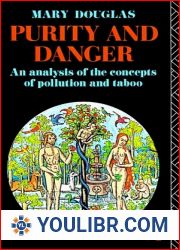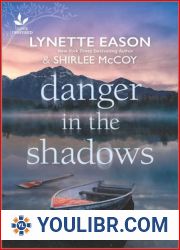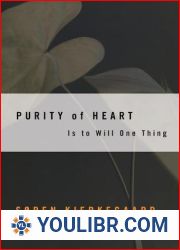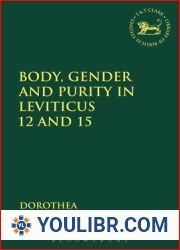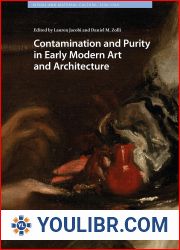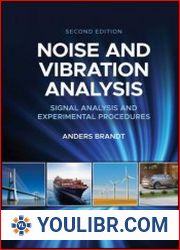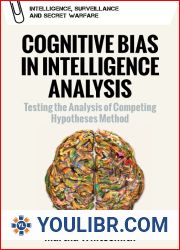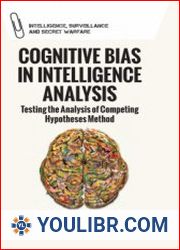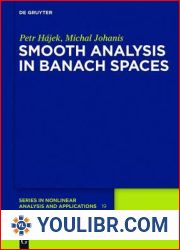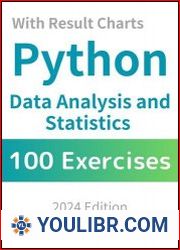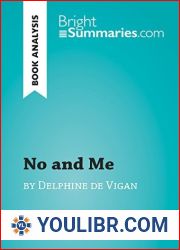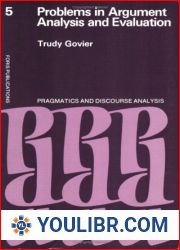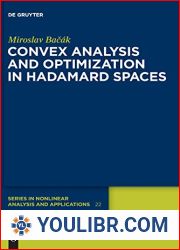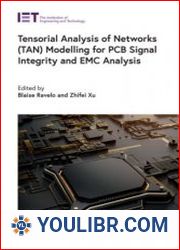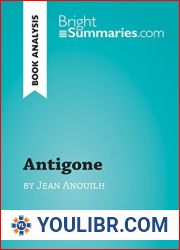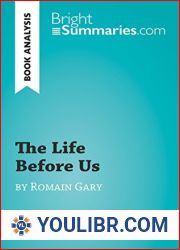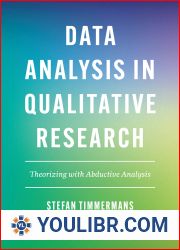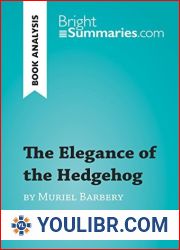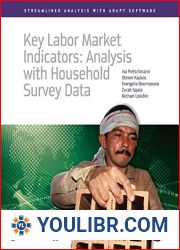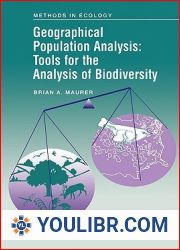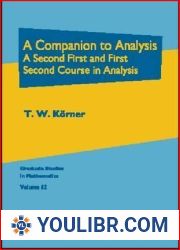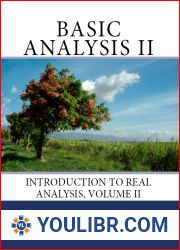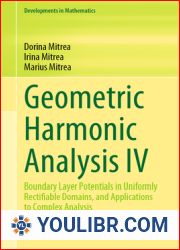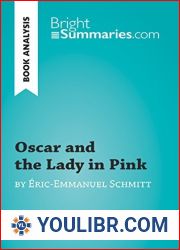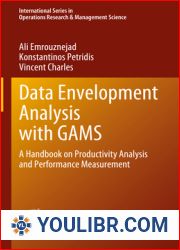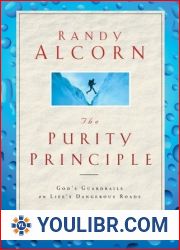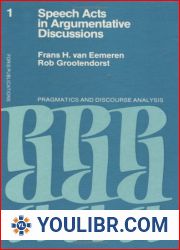
BOOKS - Purity and Danger: An Analysis of the Concepts of Pollution and Taboo

Purity and Danger: An Analysis of the Concepts of Pollution and Taboo
Author: Mary Douglas
Year: January 1, 1966
Format: PDF
File size: PDF 9.9 MB
Language: English

Year: January 1, 1966
Format: PDF
File size: PDF 9.9 MB
Language: English

The Plot of Purity and Danger In "Purity and Danger author Mary Douglas explores the concepts of pollution and taboo, examining how these ideas shape human societies and cultures. The book delves into the intricate relationship between dirt, pollution, and taboo, revealing how these notions are intertwined and influence one another. Through her analysis, Douglas argues that purity and danger are not opposing forces but rather complementary aspects of human experience. She challenges readers to reconsider their assumptions about cleanliness, contamination, and social norms. The book begins by discussing the concept of pollution, describing it as a multifaceted phenomenon that transcends cultural and historical boundaries. Douglas explains that pollution is not only physical contamination but also moral and spiritual impurities. She argues that pollution is not just an external force but also an internal state of being, shaping individual and collective identities. Douglas then turns to the idea of taboo, which she defines as a powerful and complex set of prohibitions that structure human behavior. She contends that taboos are not arbitrary or irrational but instead serve to maintain social order and protect individuals from harm. Taboos create boundaries, defining what is acceptable and unacceptable behavior, and provide a framework for understanding the world. As the book progresses, Douglas delves into the relationship between purity and danger, demonstrating how they are inextricably linked. She posits that purity is not just the absence of pollution but a positive force that creates meaning and order in society. Purity is not only about physical cleanliness but also moral and spiritual purity, shaping our perceptions of the world and ourselves.
The Plot of Purity and Danger In «Purity and Danger» автор Мэри Дуглас исследует концепции загрязнения и табу, исследуя, как эти идеи формируют человеческие общества и культуры. Книга углубляется в сложные отношения между грязью, загрязнением и табу, раскрывая, как эти понятия переплетаются и влияют друг на друга. В своем анализе Дуглас утверждает, что чистота и опасность - это не противоположные силы, а скорее взаимодополняющие аспекты человеческого опыта. Она призывает читателей пересмотреть свои предположения о чистоте, загрязнении и социальных нормах. Книга начинается с обсуждения концепции загрязнения, описывая его как многогранное явление, выходящее за культурные и исторические границы. Дуглас объясняет, что загрязнение - это не только физическое загрязнение, но и моральные и духовные нечистоты. Она утверждает, что загрязнение - это не только внешняя сила, но и внутреннее состояние бытия, формирующее индивидуальную и коллективную идентичности. Затем Дуглас обращается к идее табу, которую она определяет как мощный и сложный набор запретов, которые структурируют поведение человека. Она утверждает, что табу не являются произвольными или иррациональными, а вместо этого служат для поддержания общественного порядка и защиты людей от вреда. Табу создают границы, определяя, что является приемлемым и неприемлемым поведением, и обеспечивают основу для понимания мира. По мере продвижения книги Дуглас углубляется в отношения между чистотой и опасностью, демонстрируя, как они неразрывно связаны. Она утверждает, что чистота - это не просто отсутствие загрязнения, а положительная сила, которая создает смысл и порядок в обществе. Чистота - это не только физическая чистота, но также нравственная и духовная чистота, формирующая наше восприятие мира и нас самих.
The Plot of Purity and Danger Dans « Purity and Danger », l'auteur Mary Douglas explore les concepts de pollution et de tabou en explorant comment ces idées façonnent les sociétés et les cultures humaines. livre explore la relation complexe entre la saleté, la pollution et les tabous, révélant comment ces concepts s'entrelacent et s'influencent mutuellement. Dans son analyse, Douglas affirme que la pureté et le danger ne sont pas des forces opposées, mais plutôt des aspects complémentaires de l'expérience humaine. Elle encourage les lecteurs à revoir leurs hypothèses de pureté, de pollution et de normes sociales. livre commence par une discussion sur le concept de pollution, le décrivant comme un phénomène multiforme qui dépasse les frontières culturelles et historiques. Douglas explique que la pollution n'est pas seulement une pollution physique, mais aussi une impureté morale et spirituelle. Elle affirme que la pollution n'est pas seulement une force extérieure, mais aussi un état intérieur d'être qui forme des identités individuelles et collectives. Douglas se tourne alors vers l'idée de tabou, qu'elle définit comme un ensemble puissant et complexe d'interdictions qui structurent le comportement humain. Elle affirme que les tabous ne sont pas arbitraires ou irrationnels, mais servent plutôt à maintenir l'ordre public et à protéger les personnes contre les dommages. s tabous créent des frontières en définissant ce qui est acceptable et inacceptable et en fournissant un cadre pour comprendre le monde. Au fur et à mesure que le livre avance, Douglas se penche sur la relation entre pureté et danger, démontrant à quel point ils sont inextricablement liés. Elle affirme que la pureté n'est pas seulement l'absence de pollution, mais la force positive qui crée le sens et l'ordre dans la société. La pureté n'est pas seulement la pureté physique, mais aussi la pureté morale et spirituelle qui façonne notre perception du monde et de nous-mêmes.
The Plot of Purity and Danger In «Purity and Danger», de la autora Mary Douglas, explora los conceptos de contaminación y tabú, investigando cómo estas ideas forman sociedades y culturas humanas. libro profundiza en la compleja relación entre la suciedad, la contaminación y los tabúes, revelando cómo estos conceptos se entrelazan e influyen entre sí. En su análisis, Douglas sostiene que la pureza y el peligro no son fuerzas opuestas, sino aspectos complementarios de la experiencia humana. Anima a los lectores a reconsiderar sus supuestos de limpieza, contaminación y normas sociales. libro comienza discutiendo el concepto de contaminación, describiéndolo como un fenómeno multifacético que trasciende las fronteras culturales e históricas. Douglas explica que la contaminación no es sólo contaminación física, sino también impurezas morales y espirituales. Afirma que la contaminación no es sólo una fuerza externa, sino también un estado interno del ser que forma identidades individuales y colectivas. Douglas aborda entonces la idea del tabú, que define como un potente y complejo conjunto de prohibiciones que estructuran el comportamiento humano. Afirma que los tabúes no son arbitrarios ni irracionales, sino que sirven para mantener el orden público y proteger a las personas de los d. tabúes crean fronteras al definir lo que es un comportamiento aceptable e inaceptable y proporcionan la base para entender el mundo. A medida que avanza el libro, Douglas profundiza en la relación entre pureza y peligro, demostrando cómo están indisolublemente conectados. Ella sostiene que la pureza no es solo la ausencia de contaminación, sino una fuerza positiva que crea sentido y orden en la sociedad. La pureza no es sólo la pureza física, sino también la pureza moral y espiritual que moldea nuestra percepción del mundo y de nosotros mismos.
The Plot of Purity and Danger In «Purity and Tanger», l'autrice Mary Douglas esplora i concetti di contaminazione e tabù, esplorando come queste idee formano società e culture umane. Il libro approfondisce la complessa relazione tra sporcizia, contaminazione e tabù, rivelando come questi concetti si intrecciano e si influenzano. Nella sua analisi, Douglas sostiene che la purezza e il pericolo non sono forze opposte, ma piuttosto aspetti complementari dell'esperienza umana. Esorta i lettori a rivedere le loro idee sulla pulizia, l'inquinamento e le norme sociali. Il libro inizia con un dibattito sul concetto di contaminazione, descrivendolo come un fenomeno multiforme che va oltre i confini culturali e storici. Douglas spiega che l'inquinamento non è solo contaminazione fisica, ma anche impuri morali e spirituali. Sostiene che l'inquinamento non è solo una forza esterna, ma anche uno stato interiore di esistenza che forma le identità individuali e collettive. Poi Douglas si rivolge all'idea di un tabù che definisce una serie potente e complessa di divieti che strutturano il comportamento umano. Sostiene che i tabù non siano arbitrari o irrazionali, e invece servono a mantenere l'ordine pubblico e proteggere le persone dai danni. I tabù creano dei limiti, definendo quali sono i comportamenti accettabili e inaccettabili e fornendo le basi per comprendere il mondo. Mentre il libro avanza, Douglas approfondisce il rapporto tra pulizia e pericolo, dimostrando come siano indissolubilmente legati. Sostiene che la purezza non è solo una mancanza di inquinamento, ma una forza positiva che crea senso e ordine nella società. La purezza non è solo la purezza fisica, ma anche la purezza morale e spirituale che forma la nostra percezione del mondo e di noi stessi.
The Plot of Purity and Danger In „Purity and Danger“ untersucht die Autorin Mary Douglas Konzepte von Umweltverschmutzung und Tabus und untersucht, wie diese Ideen menschliche Gesellschaften und Kulturen prägen. Das Buch vertieft sich in die komplexe Beziehung zwischen Schmutz, Verschmutzung und Tabu und zeigt auf, wie diese Konzepte ineinander greifen und sich gegenseitig beeinflussen. In seiner Analyse argumentiert Douglas, dass Reinheit und Gefahr keine gegensätzlichen Kräfte sind, sondern vielmehr komplementäre Aspekte der menschlichen Erfahrung. e fordert die ser auf, ihre Annahmen über Sauberkeit, Verschmutzung und soziale Normen zu überdenken. Das Buch beginnt mit einer Diskussion über das Konzept der Umweltverschmutzung und beschreibt es als ein facettenreiches Phänomen, das kulturelle und historische Grenzen überschreitet. Douglas erklärt, dass Verschmutzung nicht nur physische Verschmutzung ist, sondern auch moralische und spirituelle Unreinheiten. e argumentiert, dass Verschmutzung nicht nur eine äußere Kraft ist, sondern auch ein innerer Zustand des Seins, der individuelle und kollektive Identitäten bildet. Douglas geht dann auf die Idee des Tabus ein, die sie als eine mächtige und komplexe Reihe von Verboten definiert, die menschliches Verhalten strukturieren. e argumentiert, dass Tabus nicht willkürlich oder irrational sind, sondern der Aufrechterhaltung der öffentlichen Ordnung und dem Schutz der Menschen vor Schaden dienen. Tabus schaffen Grenzen, definieren akzeptables und inakzeptables Verhalten und bieten eine Grundlage für das Verständnis der Welt. Im Laufe des Buches geht Douglas tiefer in die Beziehung zwischen Reinheit und Gefahr ein und zeigt, wie untrennbar sie miteinander verbunden sind. e argumentiert, dass Reinheit nicht nur die Abwesenheit von Verschmutzung ist, sondern eine positive Kraft, die nn und Ordnung in der Gesellschaft schafft. Reinheit ist nicht nur physische Reinheit, sondern auch moralische und spirituelle Reinheit, die unsere Wahrnehmung der Welt und uns selbst formt.
''
The Plot of Purity and Danger In "Purity and Danger" kitabının yazarı Mary Douglas kirlilik ve tabu kavramlarını araştırıyor, bu fikirlerin insan toplumlarını ve kültürlerini nasıl şekillendirdiğini araştırıyor. Kitap kir, kirlilik ve tabu arasındaki karmaşık ilişkiyi inceliyor ve bu kavramların birbirleriyle nasıl iç içe geçtiğini ve etkilediğini ortaya koyuyor. Douglas, analizinde saflık ve tehlikenin karşıt güçler değil, insan deneyiminin tamamlayıcı yönleri olduğunu savunuyor. Okuyucuları temizlik, kirlilik ve sosyal normlar hakkındaki varsayımlarını yeniden gözden geçirmeye çağırıyor. Kitap, kirlilik kavramını tartışarak, kültürel ve tarihsel sınırları aşan çok yönlü bir fenomen olarak tanımlayarak başlıyor. Douglas, kirliliğin sadece fiziksel kirlilik değil, aynı zamanda ahlaki ve ruhsal kirlilikler olduğunu açıklıyor. Kirliliğin sadece dış bir güç değil, aynı zamanda bireysel ve kolektif kimlikleri şekillendiren içsel bir varlık durumu olduğunu savunuyor. Douglas daha sonra, bir kişinin davranışını yapılandıran güçlü ve karmaşık bir yasaklar dizisi olarak tanımladığı tabular fikrini ele alır. Tabuların keyfi veya irrasyonel olmadığını, bunun yerine kamu düzenini korumaya ve insanları zarardan korumaya hizmet ettiğini savunuyor. Tabular, kabul edilebilir ve kabul edilemez davranışları tanımlayarak sınırlar yaratır ve dünyayı anlamak için bir çerçeve sağlar. Kitap ilerledikçe, Douglas saflık ve tehlike arasındaki ilişkiyi inceler ve ikisinin ayrılmaz bir şekilde nasıl bağlantılı olduğunu gösterir. Temizliğin sadece kirliliğin yokluğu değil, toplumda anlam ve düzen yaratan olumlu bir güç olduğunu savunuyor. Temizlik sadece fiziksel temizlik değil, aynı zamanda dünyayı ve kendimizi algılayışımızı şekillendiren ahlaki ve ruhsal temizliktir.
مؤامرة النقاء والخطر في «النقاء والخطر»، تستكشف الكاتبة ماري دوغلاس مفاهيم التلوث والمحرمات، وتستكشف كيف تشكل هذه الأفكار المجتمعات والثقافات البشرية. يتعمق الكتاب في العلاقة المعقدة بين الأوساخ والتلوث والمحرمات، ويكشف كيف تتشابك هذه المفاهيم وتؤثر على بعضها البعض. في تحليله، يجادل دوغلاس بأن النقاء والخطر ليسا قوى متعارضة، بل جوانب متكاملة للتجربة البشرية. وتحث القراء على إعادة النظر في افتراضاتهم حول النظافة والتلوث والأعراف الاجتماعية. يبدأ الكتاب بمناقشة مفهوم التلوث ووصفه بأنه ظاهرة متعددة الأوجه تتجاوز الحدود الثقافية والتاريخية. يوضح دوغلاس أن التلوث ليس فقط التلوث الجسدي، ولكن أيضًا الشوائب الأخلاقية والروحية. وتقول إن التلوث ليس فقط قوة خارجية، ولكنه أيضًا حالة داخلية من الوجود تشكل الهويات الفردية والجماعية. ثم تتناول دوغلاس فكرة المحرمات، والتي تعرفها على أنها مجموعة قوية ومعقدة من المحظورات التي تبني سلوك الشخص. وتجادل بأن المحرمات ليست تعسفية أو غير عقلانية، ولكنها تعمل بدلاً من ذلك على الحفاظ على النظام العام وحماية الناس من الأذى. تخلق المحرمات حدودًا من خلال تحديد السلوك المقبول وغير المقبول وتوفر إطارًا لفهم العالم. مع تقدم الكتاب، يتعمق دوغلاس في العلاقة بين النقاء والخطر، موضحًا كيف يرتبط الاثنان ارتباطًا وثيقًا. وتقول إن النظافة ليست مجرد غياب التلوث، ولكنها قوة إيجابية تخلق المعنى والنظام في المجتمع. النظافة ليست نظافة جسدية فحسب، بل هي أيضًا نظافة أخلاقية وروحية تشكل تصورنا للعالم ولأنفسنا.







